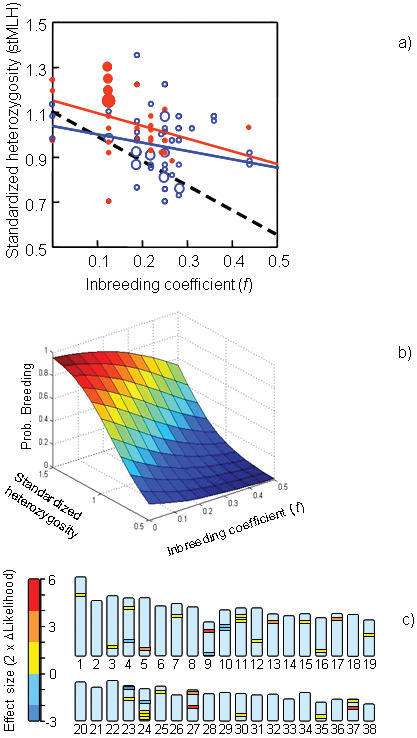Figure 2. Reproductive status and inbreeding coefficients of Scandinavian wolves in relation to heterozygosity and chromosomal location of 31 microsatellite loci.

a) The relationship between inbreeding coefficient (f) and standardized heterozygosity (stMLH).
Individuals that recruited to the breeding population (filled red circles, solid red regression line) exhibited higher stMLH than those that did not enter the breeding population (open blue circles, solid blue regression line) (ANCOVA: inbreeding coefficient, F 1,82 = 7.96, P = 0.006; breeding recruitment success, F 1,82 = 7.43, p = 0.008).
The stippled black line shows the expected relationship between f and stMLH. b) Breeding probability against inbreeding coefficient (f) and stMLH based on model estimates from a logistic regression analysis (f, β = −5.84, p = 0.06; stMLH, β = 4.87, p = 0.017).
Relative to the population mean values of f (0.207) and stMLH (1.0), an increase of 1 SD in f corresponds to a 32% reduction in breeding probability, and a decrease of 1 SD in stMLH corresponds to a 40% reduction in breeding probability c) The effects of heterozygosity on the recruitment success of wolves for each of the 31 microsatellite markers and their locations on the autosomal chromosomes in the dog genome.
The statistical effect is measured as two-times the likelihood difference between the model with the marker and the null model; positive values (yellow-red) indicate positive associations, negative values (blue) negative associations.
